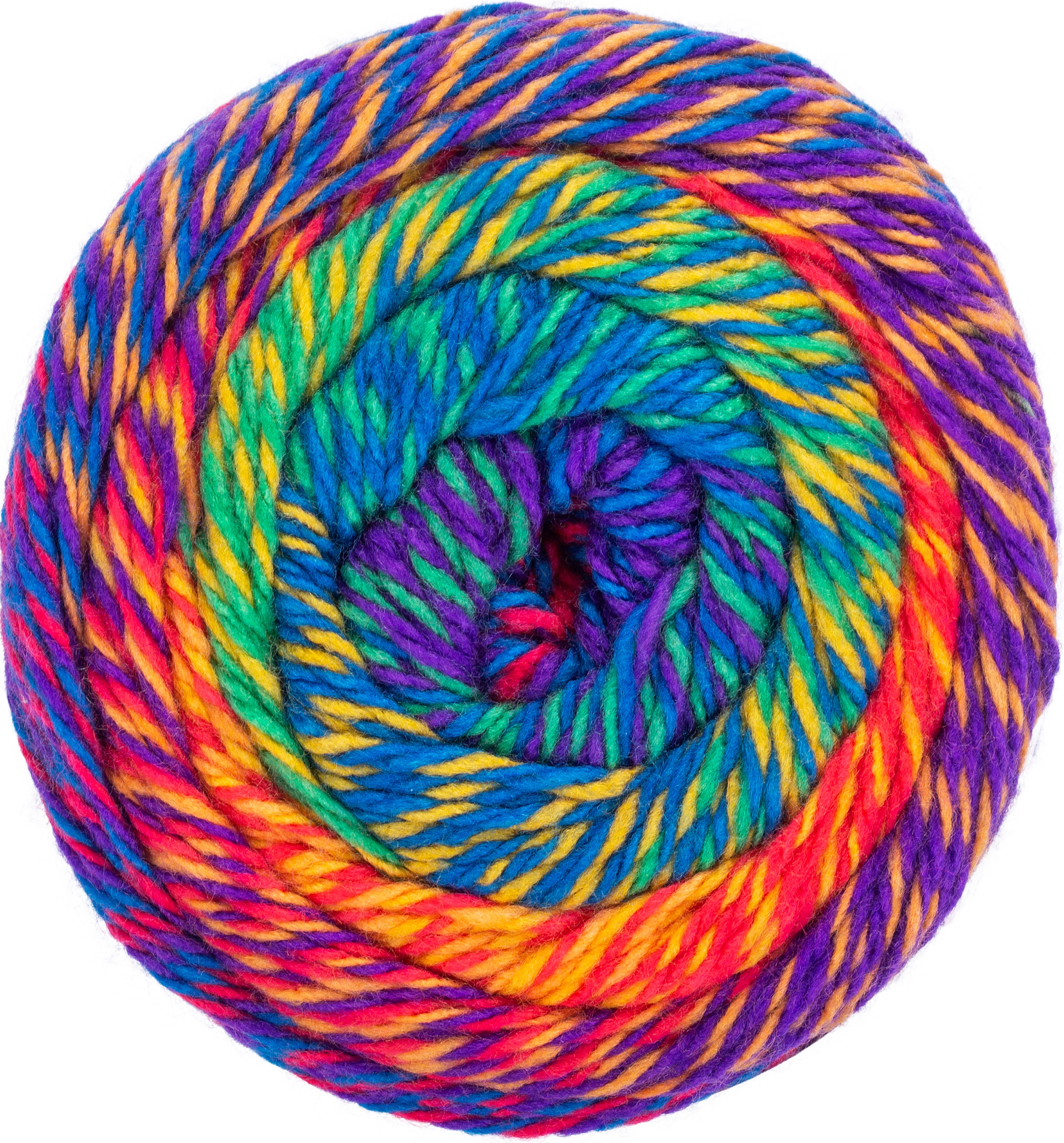


Nasir Shah, the ruler of the Malwa Sultanate, had his own version, with an elaborate preparation of minced meat mashed with fennel, cumin, salt, cloves, coriander seeds, musk, rose water, ginger root and onions, folded into a triangular parcel, skewered and fried in sweet-tasting ghee. It bore mentions of how fried flour pasties resembling the current-day samosas were stuffed with a variety of meats, like beef and venison. The dish became such a hit in the court kitchen that it was named sambhar after Sambhaji, and from Tanjore it spread to other parts of south India,” reads an excerpt from the book.įor those who are still on the quest to find answers as to who came up with the idea of the samosa, it is said that early versions were much more elaborate than the ones we see today.ĭuring her research Sonal learnt about the cookbook Ni’matnama, which was written in Naskh, a cursive Arabic script. Instead of telling Sambhaji that aamti could not be made, the sous chef improvised by adding a dash of tamarind pulp, something the locals had been using for years for its tartness. The story goes that one day, the regular stash of kokum did not reach the Tanjore palace’s kitchen on time.

Apparently, Sambhaji was an ardent cook and was fond of a Marathi dish called aamti, which is a lentil-based stew soured with hints of kokum. The idea to compile a book on the origins of famous Indian dishes first came to Sonal in 2018.Ī post shared by Diksha Bhatia is believed that sambhar came into being only when the Marathas began ruling in southern Indian, and was named after Sambhaji, Shivaji’s eldest son. Sonal Ved, Author: Whose Samosa is it Anyway? The stories behind desi favourites Armed with the realisation that food was at the heart of life, she was fuelled by her desire to be an author. Growing up in a metropolitan city like Mumbai, which she says is akin to a huge dining table with something for everyone, she was inspired by a variety of foods - the melange of traditional Gujarati dishes with a tinge of modern inspiration at home, or a plethora of diverse snacks at the school canteen. Sonal is also the author of Tiffin (2018), a cookbook that celebrates the regional diversity of India in the form of recipes. These different elements come from across borders and regions to create one masterpiece that has a special place on our plates and in our hearts alike. It’s safe to say that every Indian dish is a marriage of different flavours, spices, elements, and ingredients that fit together perfectly in the final dish.


 0 kommentar(er)
0 kommentar(er)
